By Ella Jordan-Smith
Reference Services Librarian, Center for Jewish History
The Jews of Harlem
When thinking about the historically Jewish neighborhoods in New York, the Lower East Side or Williamsburg are likely the first to come to mind. What many do not know is that Harlem was at one point the home of the second largest Jewish population in the country. From the 1870s into the 1900s, there was a migration of Jews into Harlem from the Lower East Side, which resulted in a Jewish population of over 175,000 in East and Central Harlem by 1917. At first this migration was slow, but with the introduction of the subway system in the first decade of the 20th century, it accelerated exponentially. This made it not only the second largest concentrated population of Jews in America, but also the third largest in the world.
The Establishment of a Community
By the 1870s, lower Manhattan was rapidly on its way to becoming the most crowded place on the planet. This was likely the main catalyst for Jews to start moving uptown and away from the Lower East Side, in hopes of a more comfortable life. Due to the lack of transportation options between Harlem and downtown at that time, Jews migrating to Harlem needed to establish their own community and institutions. The first synagogue, Congregation “Hand in Hand” (Yod b’Yod in Hebrew), later renamed Temple Israel of Harlem, was opened in 1870. Though most of the founders were of German origin, one of the charter members of the congregation was Solomon Nunes Carvalho, a painter and photographer who was a member of one of America’s most eminent Sephardic families, best known as an explorer who traveled through Kansas, Colorado, and Utah with explorer John C. Frémont.
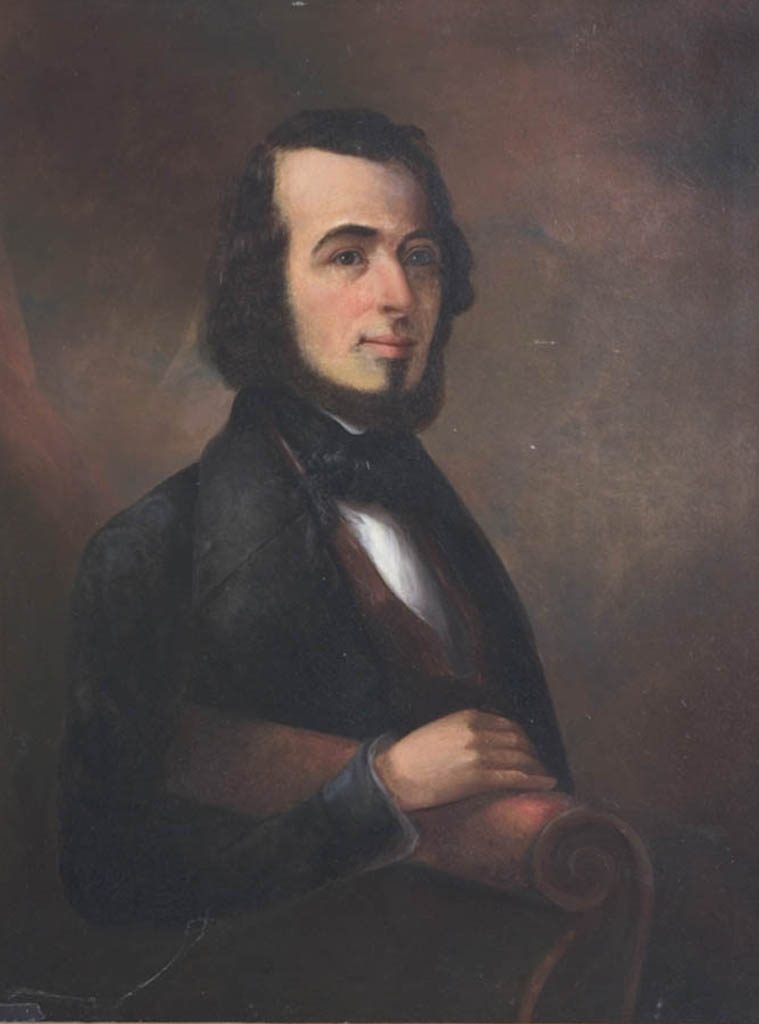
In 1876 the congregation helped establish the Shangarai Limud Talmud Torah of Harlem, a free Jewish religious school run by Carvalho and his wife, Sarah. In 1882, the Harlem Lodge of B’nai B’rith, the Jewish fraternal organization, was established. The creation of these Jewish institutions was just in time for the massive influx of Jewish people immigrating to New York from Eastern Europe in the 1880s and 1890s.
The Sephardic Jewish Brotherhood of America began as the Salonican Brotherhood of America, which was founded in Manhattan in 1915 as a society to help Sephardic immigrants from Salonica become accustomed to life in the United States, as well as to have a place of Sephardic worship and community. In 1922, they established a branch in Harlem due to the fast-growing Jewish community in the area, which stayed open until 1935, when it eventually consolidated and moved its offices to the Bronx. The American Sephardi Federation holds the Records of the Sephardic Jewish Brotherhood of America at the Center for Jewish History.
A hundred years ago, there were dozens of impressive synagogues in Harlem, most of which have now been converted into churches. Rabbi Philip Goldman was deeply involved with the Institutional Synagogue in Harlem, as well as its day camp, during the first half of the 20th century. The American Jewish Historical Society holds the Philip Goodman (1911-) Collection, which includes addresses, photographs, articles, news clippings, and newsletters from his time at the Harlem synagogue. The Institutional Synagogue is now the Salvation and Deliverance Church.
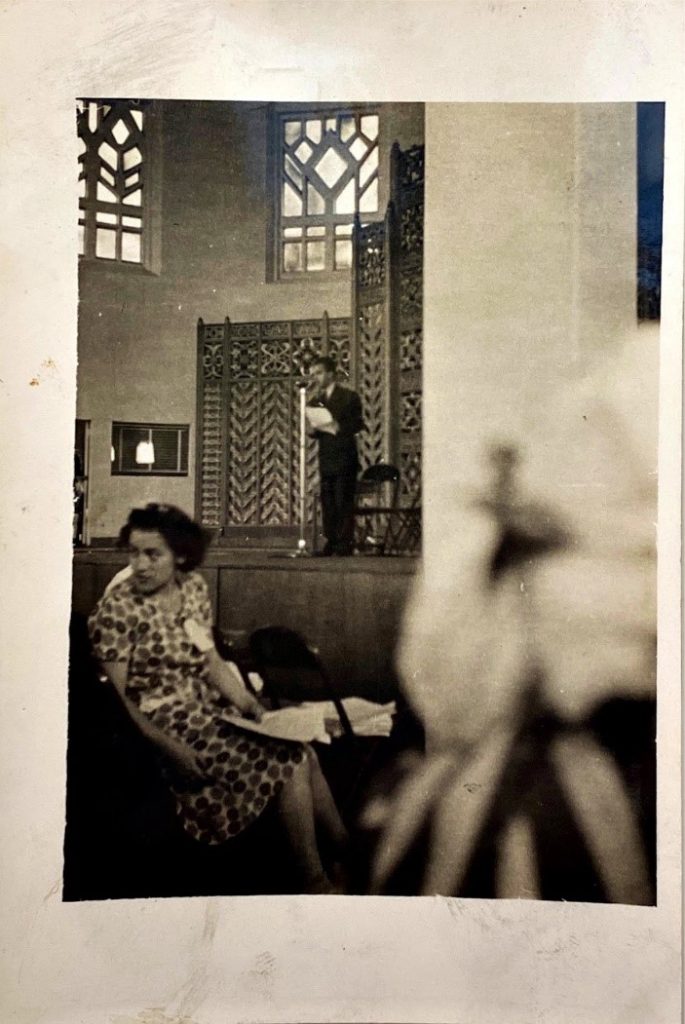
Another eminent synagogue was Ohab Zedek, which moved from the Lower East Side to Harlem in 1906. The Jakob Hoffman Collection, which is held at the Center by the Leo Baeck Institute, includes writings produced by Hoffman during his time as rabbi at Ohab Zedek from the late 1930s to 1953. Ohab Zedek was also home for the famous Cantor Yossele Rosenblatt from 1912 to 1926.
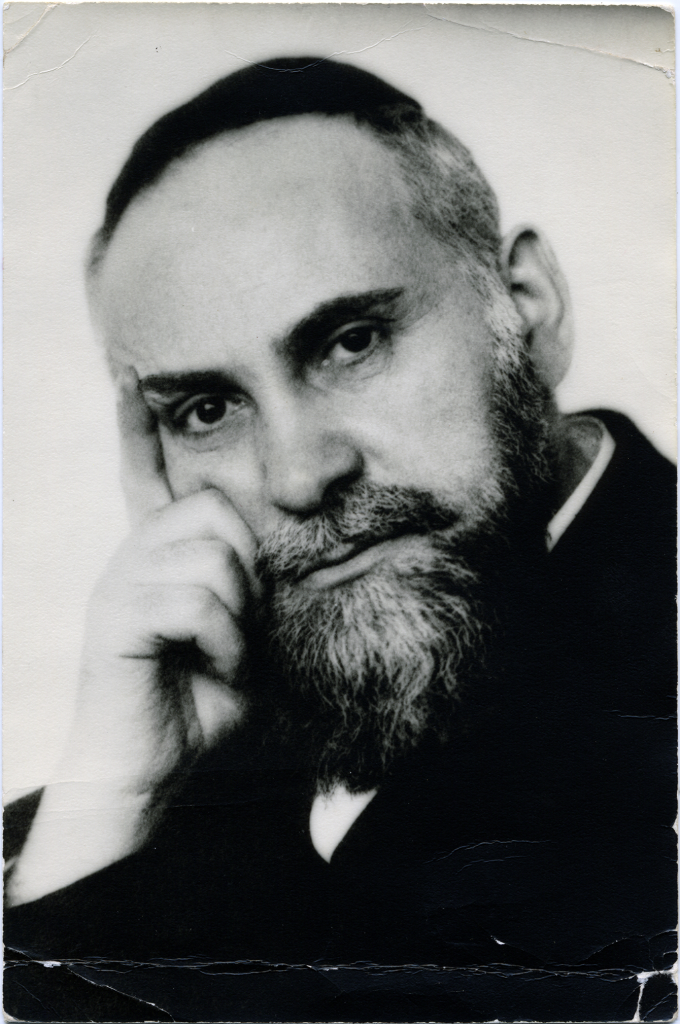
The YIVO Institute for Jewish Research holds the records of multiple benevolent societies that once resided in Harlem. Some of these include the Odessa Young Men of Harlem Sick Benevolent Association, Max Rosh Beneficial Society of Harlem, and Friends of Zion of Harlem.
Notable Jewish Figures in Harlem
There were a number of notable Jewish figures of the late 19th and early 20th century who resided in Harlem. Benjamin Peixotto was a Jewish-American lawyer and diplomat who was appointed by President Grant as Consul to Romania in 1870. He spent his last few years living in Harlem, and when he died in 1890, his funeral was held at Temple Israel of Harlem on 125th street. The American Jewish Historical Society holds a small collection of the Benjamin Franklin Peixotto Family Papers which includes the letter from President Grant appointing Peixotto as U.S. Consul-General to Romania.

Oscar Hammerstein I, grandfather of the great American lyricist Oscar Hammerstein III, was a German-born cigar manufacturer with a passion for theater and opera. His economic success in the cigar industry allowed him to pursue his love for opera later in his life. In 1889, he opened the Harlem Opera House at 211 West 125th Street as well as another theater on the same street the following year.
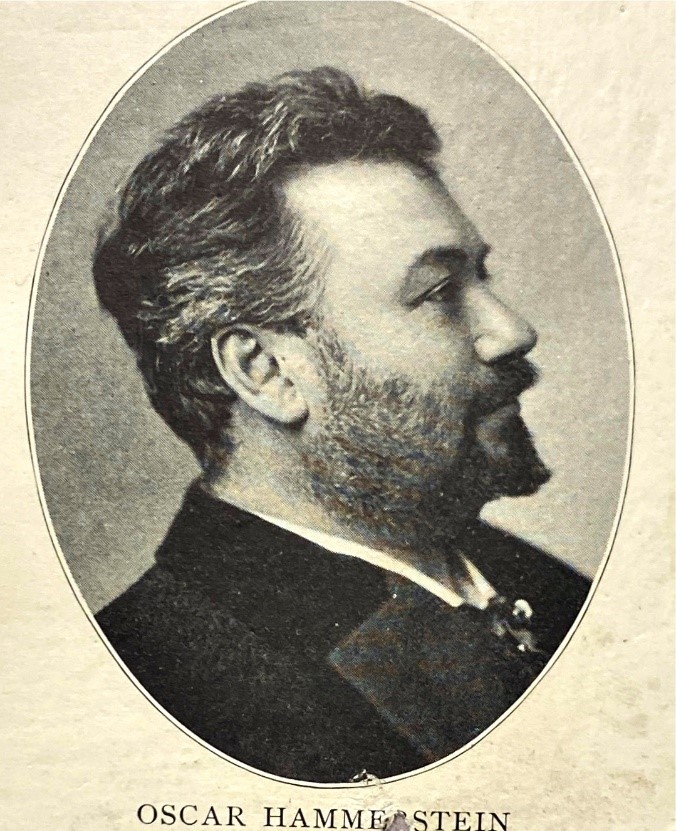
The Decline of Jewish Harlem
By 1917, there were seven neighborhoods in New York City with substantial Jewish populations of over 100,000. With the beginning of World War I, there were government-imposed restrictions on all but essential construction. This was coupled with a massive influx of African Americans to the city, and specifically Harlem, who were looking for work in wartime industries. This led to severe overcrowding in Harlem, just like that of the Lower East Side that the Jews had left behind.
The increased construction of rapid transit and the building of more bridges in the first quarter of the 20th century encouraged intra-city migration for those with the means. Many of the Jews leaving Harlem were pulled to other boroughs because of economic mobility and better housing opportunities, and by 1930, the Jewish population in Harlem had dwindled significantly, with most Jews moving to the Bronx or Brooklyn.
Additional Resources on Jewish Harlem:
Daydreams and nightmares : reflections on a Harlem childhood / Irving Louis Horowitz
The Jews of Harlem : the rise, decline, and revival of a Jewish community / Jeffrey S. Gurock



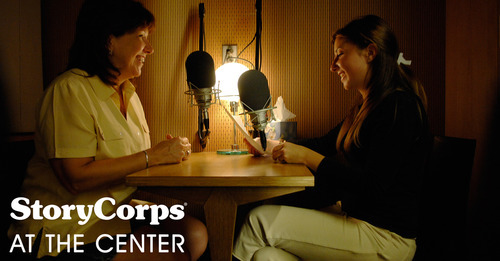

My great-grandfather, Joseph Bacharach (1843-1900), a member of “Temple Israel” lived there and was President of the Jewish “Columbia Club” in Harlem to which a Peixotto and Friedsam (Altman’s nephew) also belonged.
Actually Oscar Hammerstein I, was the GRANDfather of the great American lyricist Oscar Hammerstein II!
You are correct, thanks! The post has been updated.
I am looking for a Jewish restaurant in Harlem in the 1930’s that the mother (last name Betkoviitz) of my uncle Mischa Borr ( who conducted an orchestra at the Waldorf Astoria) either worked in or owned.